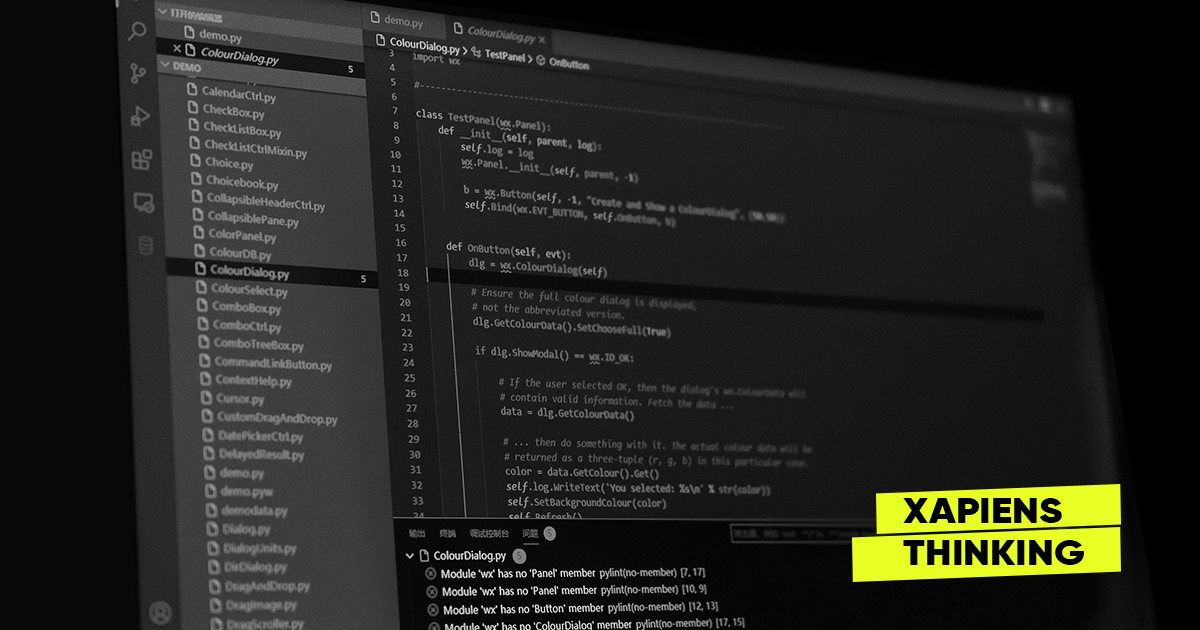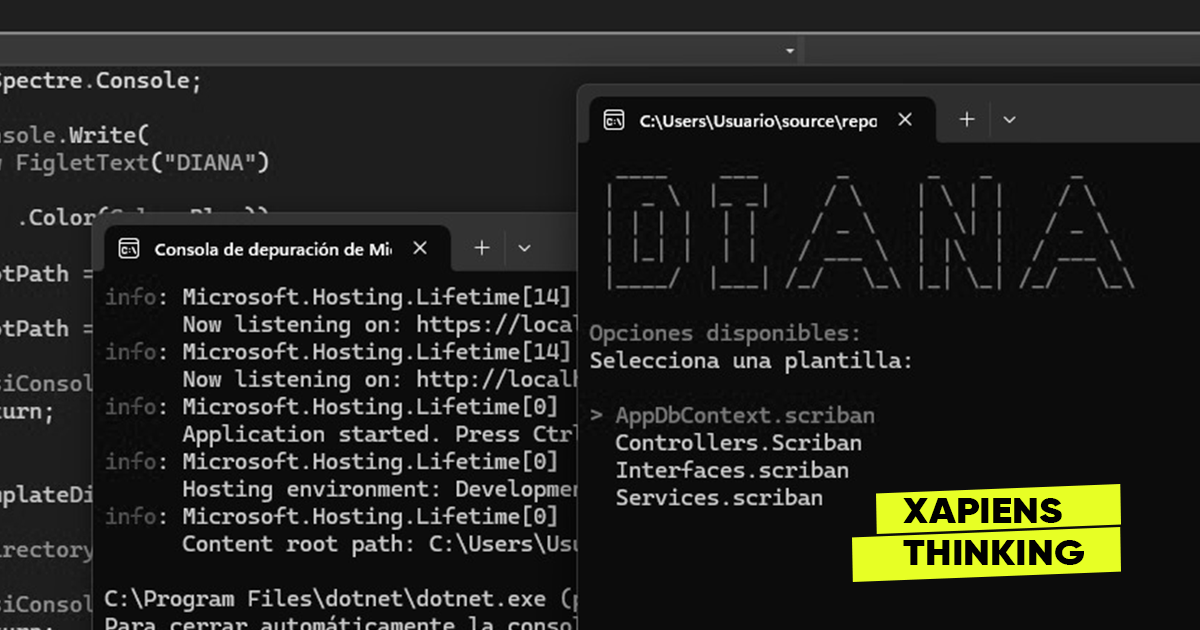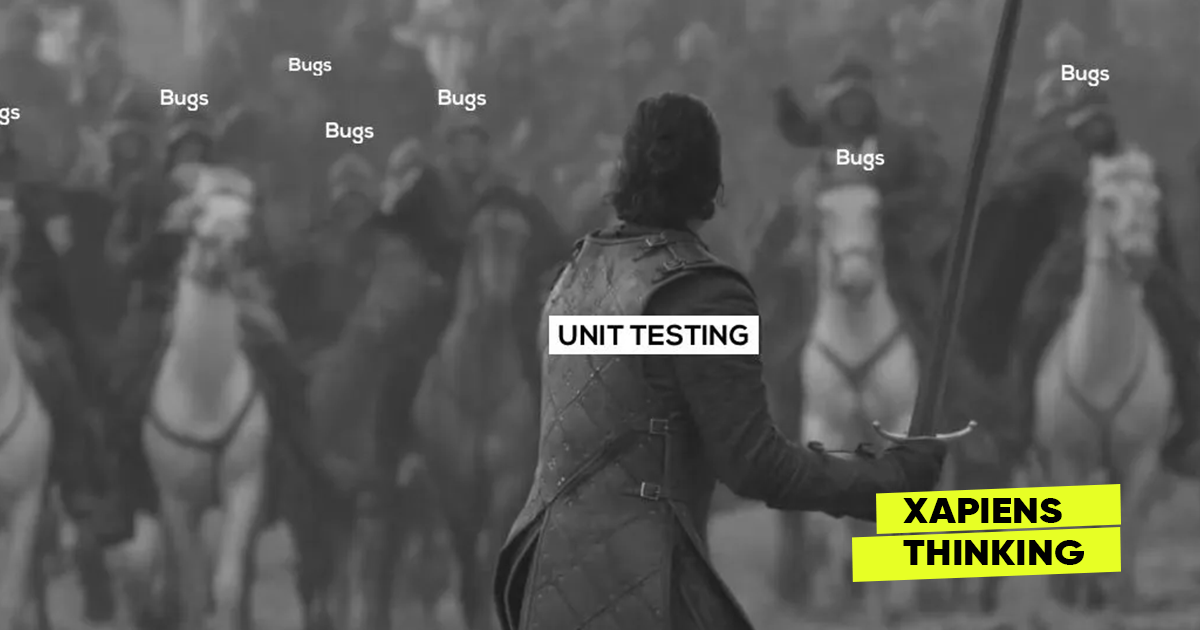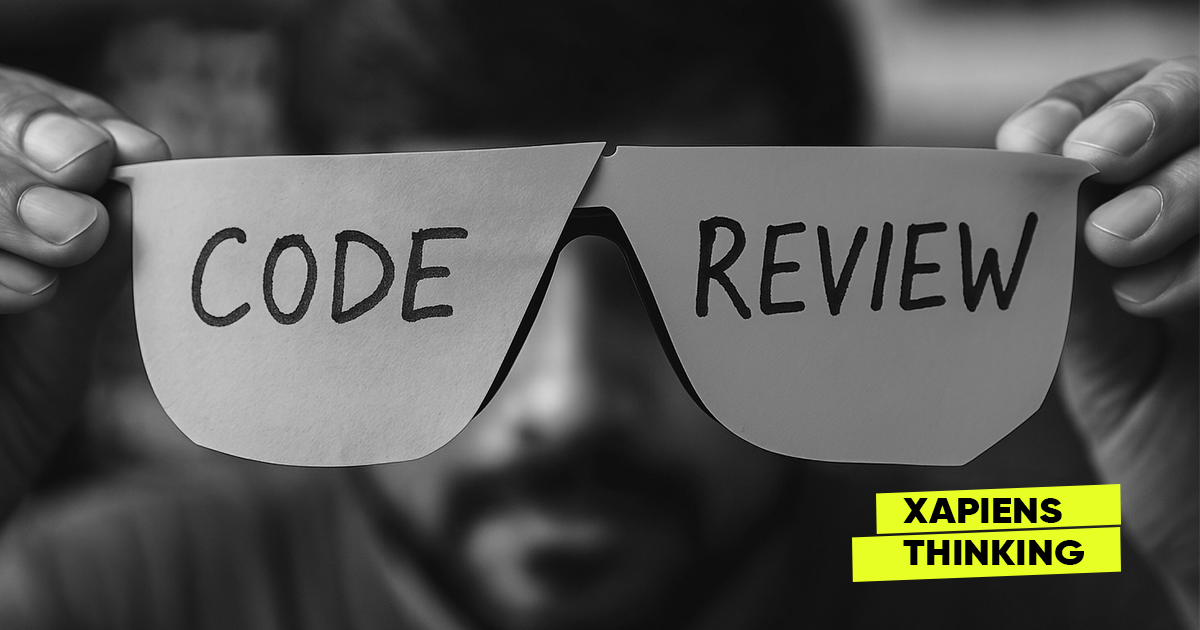
How Can We Integrate Script Creation into the SDLC? For this question, we turn to a battle-tested old-timer: TDD . Yeah, I know — some people love it, others would rather eat glass. But hear me out: this is even more effective . In Test-Driven Development, you don’t start by writing code — you start by writing tests that your code needs to satisfy. That forces you to think hard about what you're building and how it should behave before you touch a single line of implementation. Well… creating code-generation scripts is the same idea, just from a different angle. Think of it like this: In TDD, you design the behavior through tests. In Code Brutalism (AS I CALL IT), you design the structure through templates. You define what kinds of files and code structures your solution needs: Controllers, Services, Interfaces, DTOs, Rehydrators, you name it. The LLM helps you sketch those out in a reusable way — not for one model, but for every model you'll ever create. You're not typing code — you're designing the rules that create the code. Just like TDD prevents aimless coding by requiring clear intent through tests, this approach forces you to externalize your architecture and bake your thinking into templates. But wait, there's a twist: Humans usually write only what they need. Computers, on the other hand, will happily generate everything that’s possible , instantly violating the sacred law of YAGNI ( You Aren’t Gonna Need It ). And you know what? I’m okay with that. Because when everything is: strongly tested, cleanly structured, and fully standardized… Then having extra code isn’t a problem — it’s scaffolding.









